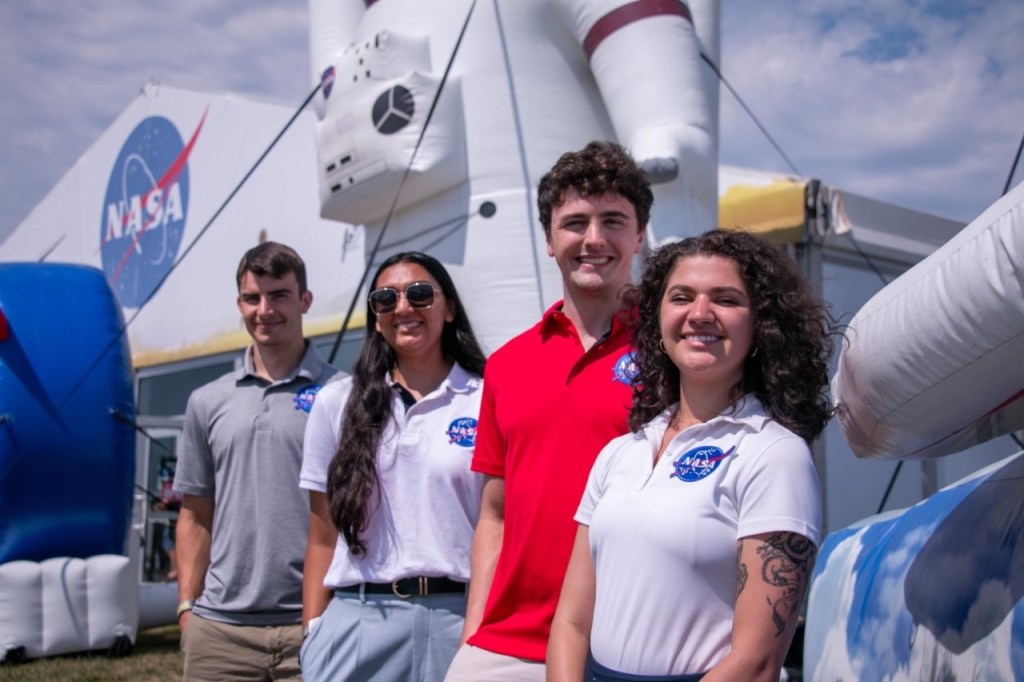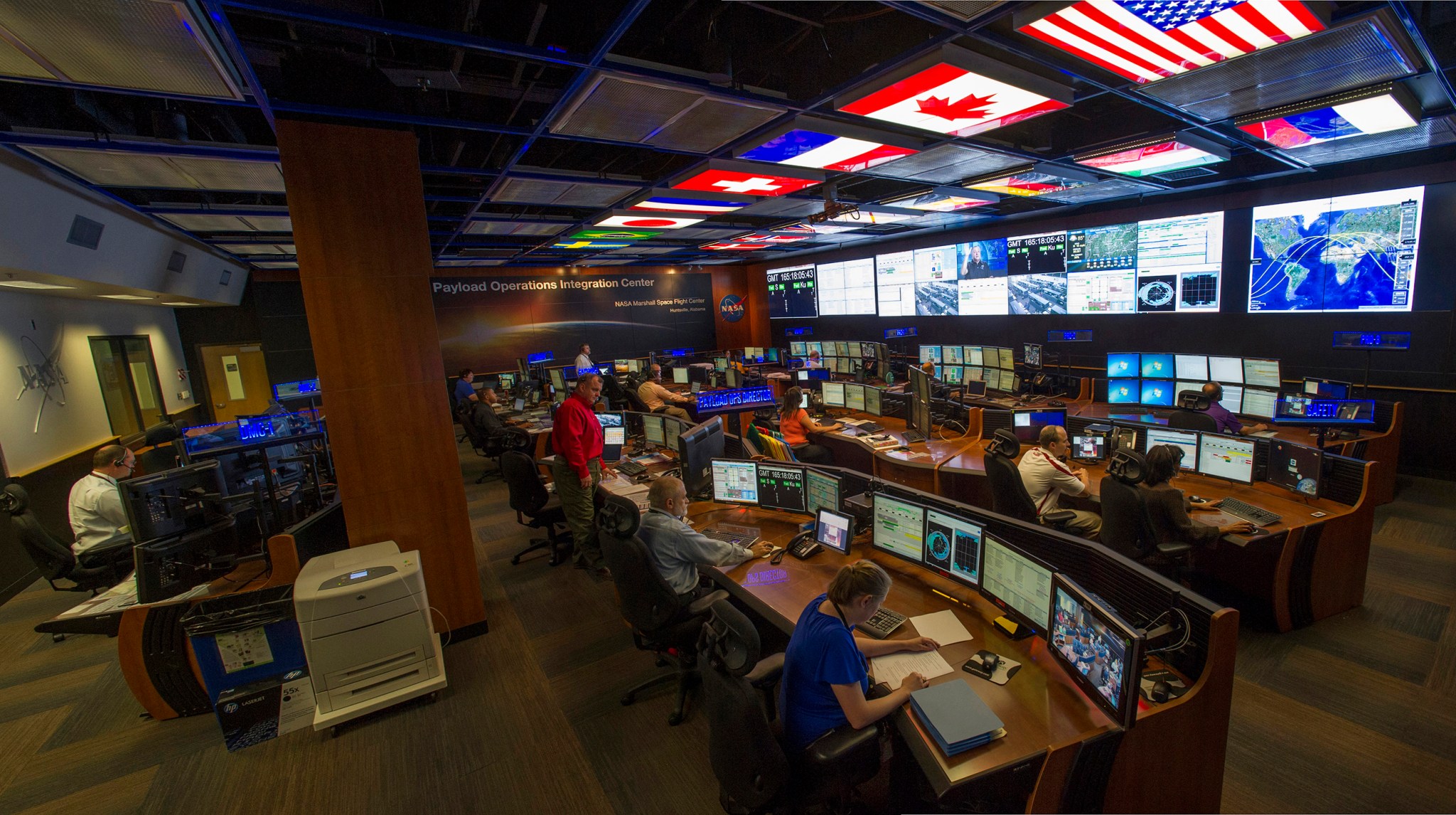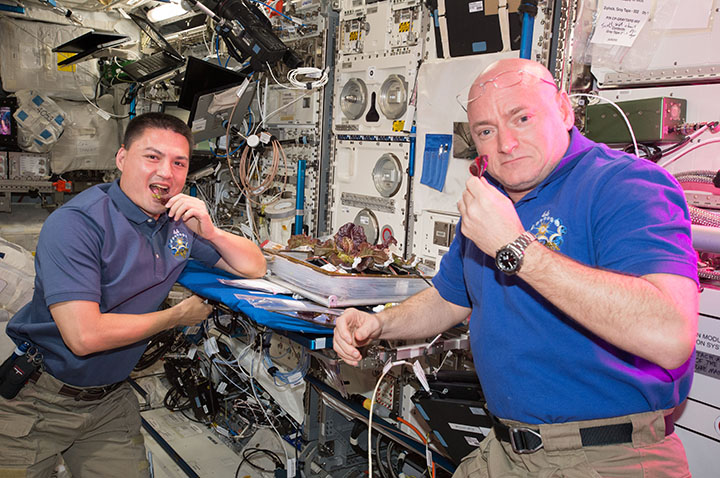Scientists around the world are advancing knowledge of our world and beyond using the state-of-the-art facilities in the International Space Station. But all of the action isn’t in space. Much of what makes an experiment successful takes place before the science investigation makes it to orbit. NASA’s Marshall Space Flight Center in Huntsville, Alabama, has hundreds of experts working on the ground to ensure successful science operations in space to benefit people on Earth and pave the way for deep space exploration.
More than 2,400 scientists from greater than 83 countries have conducted more than 1,700 investigations on the space station. The laboratory offers unique characteristics such as a microgravity environment, a great view of Earth and direct exposure to space. It is impossible for all of those scientists to work with their orbiting investigations first hand in space, so they work closely with the flight controllers at the Payload Operations Integration Center (POIC) at Marshall.
The POIC is essentially NASA’s mission control for science aboard the space station. It is responsible for planning and executing research and integrating science payloads ranging from understanding the effects of long duration spaceflight on the human body to growing and harvesting food aboard the station.
Two space station crew members — NASA astronaut Scott Kelly and Russian cosmonaut Mikhail Kornienko – are now halfway through their one-year mission, staying in orbit nearly twice as long as the standard mission to the space station. Throughout the year, they and other crew members have measured changes in motor skills, eyesight, fluid shifts in their bodies and basic neurology. Data drawn from these studies will affect all aspects of the journey to Mars, from space suit design to the menus for meals and even recreation periods during flight.
Astronauts on the space station recently took another step toward self-sufficiency by harvesting and eating vegetables grown on the station. The Veggie investigation provides lighting and nutrient supply for plants in a low-cost growth chamber. The chamber can support a variety of plant species that can be cultivated for fresh food for crew members on long-duration missions. Veggie is a low mass, low maintenance system. Data from this investigation also could benefit agricultural practices on Earth by designing systems that use valuable resources, such as water, more efficiently.
Flight controllers at the POIC are available 24 hours a day, 365 days a year to help astronauts in orbit and scientists on the ground with hundreds of investigations. Work on the experiments begins before it ever gets to space with concept, planning and training to define all the requirements for the investigation. Payload controllers work with scientists to ensure the experiment will work in space, even before it launches. Once installed on the station, the POIC provides payload telemetry processing, command uplink, and planning capabilities for local flight controllers and international partners.
Science being done on space station now is helping NASA prepare for future deep space missions. The POIC at Marshall is critical to that research, benefiting space exploration as well as life on Earth.


























